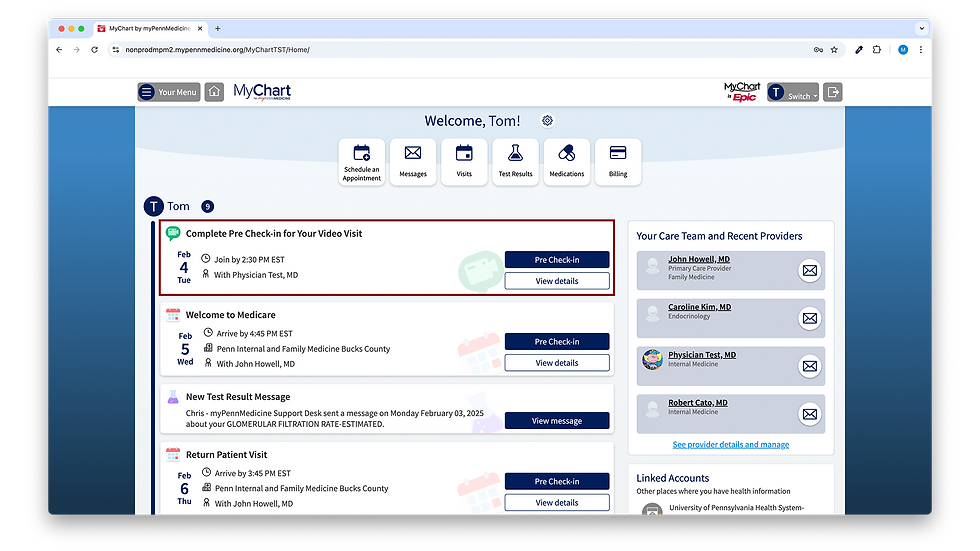Neurable: The Quiet Disruption of Brain-Computer Interfaces
- Kat Usop

- Aug 8
- 3 min read
When you think of Brain-Computer Interfaces (BCIs), your mind probably conjures images of Elon Musk's Neuralink: a surgical robot, a coin-sized chip, and a bold, futuristic vision of human-AI symbiosis. The narrative is one of high-stakes surgery and transhumanist ambition.
But what if the true BCI revolution isn't a surgical one? What if it's already here, on your head, in a pair of headphones?
This is the path of Neurable, a company that has quietly positioned itself as a fascinating counterpoint to the invasive BCI model. Instead of a quest to merge man and machine in a high-risk operation, Neurable's strategy is to democratize neurotechnology, making it a seamless part of our daily lives. Their story offers three intriguing insights into a different, and perhaps more impactful, future for BCIs.

Insight #1: The Trojan Horse of Consumer Tech
Neurable’s most prominent product is the MW75 Neuro headphones, a partnership with premium audio brand Master & Dynamic. This is a brilliant strategic move. Instead of forcing users to adopt a clunky, intimidating piece of medical equipment, Neurable embedded its EEG sensors into a device people already use—and are willing to pay a premium for.
This approach bypasses the massive psychological and ethical hurdles of invasive technology. It treats the BCI not as a medical implant but as a feature of a luxury gadget, like noise-cancellation or spatial audio. By making brain-tracking technology feel as natural as listening to music, Neurable is a Trojan horse, subtly introducing the BCI concept to a broad consumer market.
Insight #2: A Different Kind of BCI for a Different Kind of Problem
Neuralink's mission is to give a voice to the voiceless and movement to the paralyzed. Neurable's mission, however, is to give clarity to the overwhelmed. The MW75 Neuro headphones don't control a prosthetic arm; they track your focus.
Their technology operates as a "passive BCI," interpreting a user's mental state without requiring them to actively "think" commands. The accompanying app uses this data to provide insights into your cognitive performance, identifying peak productivity times and, crucially, prompting you to take breaks to prevent burnout. In an age of information overload and relentless work culture, Neurable is marketing BCI not as a medical miracle, but as a tool for a healthier, more productive life. It's a pragmatic application that addresses a universal modern problem.
Insight #3: The Software, Not the Skull
Neurable’s long-term play isn’t in selling headphones. It's in licensing its "Neurable AI" platform. The MW75 Neuro is a proof of concept, a demonstration of what their BCI technology can do when integrated with high-quality hardware.
This business model allows them to focus on what they do best—the complex science and machine learning behind signal processing—while leaving hardware manufacturing and distribution to established partners. By making their technology available for integration into everything from earbuds to AR/VR headsets, they are positioning themselves to be a foundational technology for an entire ecosystem of neuro-enhanced devices.
In a world captivated by the dramatic, high-risk headlines of invasive BCIs, Neurable is a powerful case for the quiet disruptor. The most effective technology isn't always the most advanced, but the one that seamlessly integrates into our lives, solves a real-world problem, and builds a path for a future where the line between technology and our minds becomes an elegant, and not a shocking, blur.


Comments